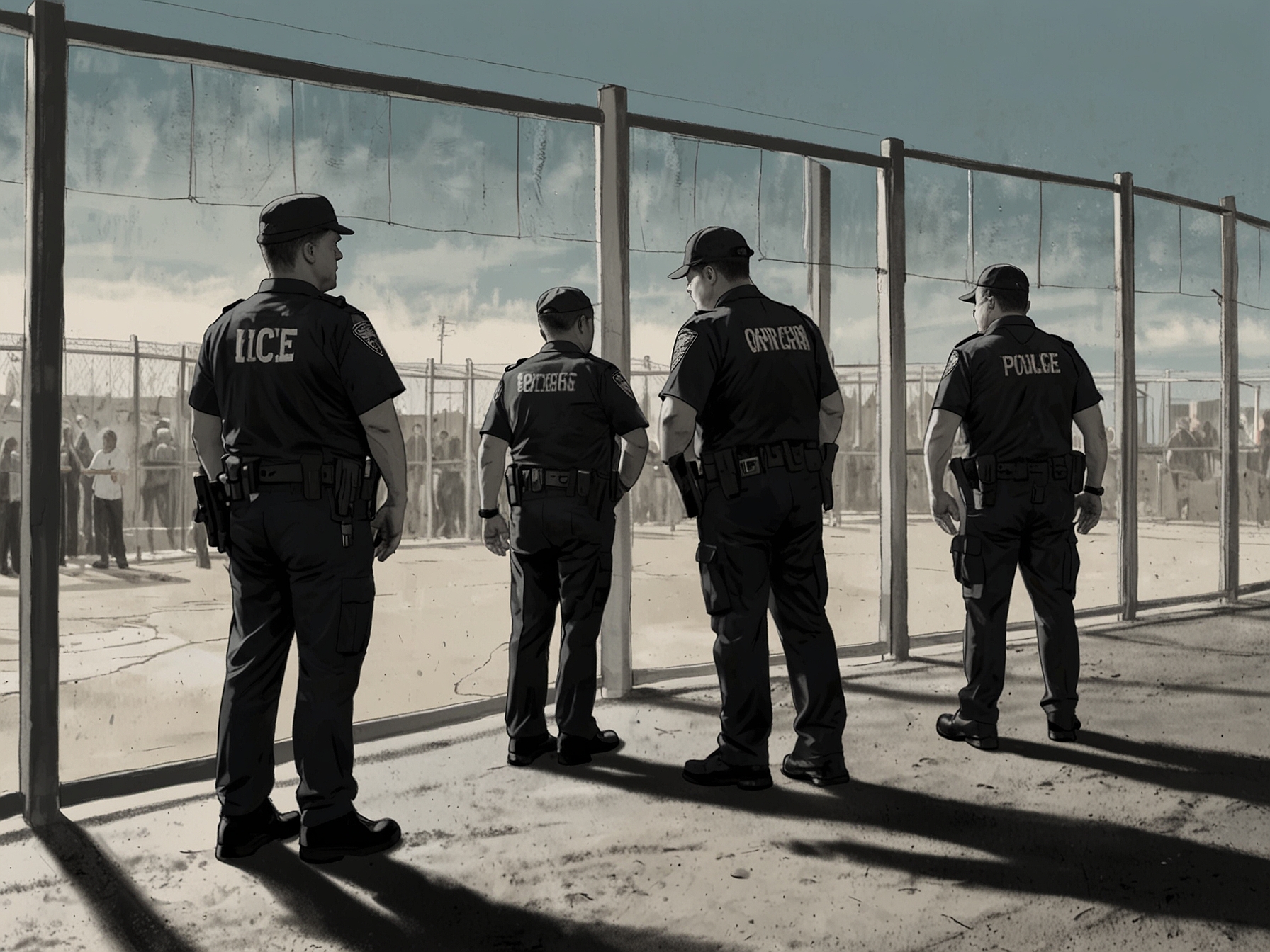As the nation grapples with immigration, many ask: what will happen if Trump’s plan fully rolls out? Will millions be targeted? Who are these individuals caught in this complex web? The stakes have never been higher.

ICE stands poised at the forefront of this initiative. With over 20,000 officers and a hefty budget, this agency’s role is pivotal. But can such a massive deportation campaign succeed without tearing apart families? It’s a tangled situation.
Under Trump, ICE’s focus morphed dramatically. Prior to this, their energies were often on serious offenders. Trump’s directive expanded that to anyone at risk of deportation. This shift shocked many, some celebrated; others mourned for the vulnerable.

When we think about ICE, we picture the Enforcement and Removal Unit. This unit arrests and detains individuals under the shadow of deportation orders. Yet there’s more beneath the surface. The Homeland Security Investigations unit tackles serious crimes like trafficking and cyber offenses. Why aren’t these facets more highlighted in the media?
Statistically, the numbers tell a compelling story. From October 2013 to March 2024, over two million deportations occurred. An astonishing figure, right? And there’s a disproportionate impact on certain nationalities, particularly Mexicans. It begs the question: is this fair?

In one year alone, ICE reported deportations nearing 143,000, nearly double the prior year. This surge raises eyebrows, sparking fears among families. Those seeking safety and a new start face an uphill battle. How will communities cope with these sudden shifts?
People debate the humanitarian side of ICE’s work. Critics label the agency’s actions as inhumane. They argue it ruins lives and futures without consideration of individual stories. Proponents counter with a need for law enforcement and national integrity. Is there a middle ground?
The push to dismantle ICE during Trump’s administration resonated. It reveals deep societal divisions. Should we abandon agencies responsible for safeguarding U.S. borders? Or is reform the answer? Finding consensus seems elusive.
As the Biden administration steps in, ICE’s mission morphs again. Faced with new challenges, they must balance enforcement with humanity. It’s easier said than done. How do we ensure safety while acknowledging human rights?
In conclusion, ICE remains a controversial powerhouse in immigration discussions. Their actions evoke strong emotions across the spectrum. As policies shift, many hold their breath and wait to see what unfolds in the coming years. What will be the lasting impact on American society?




